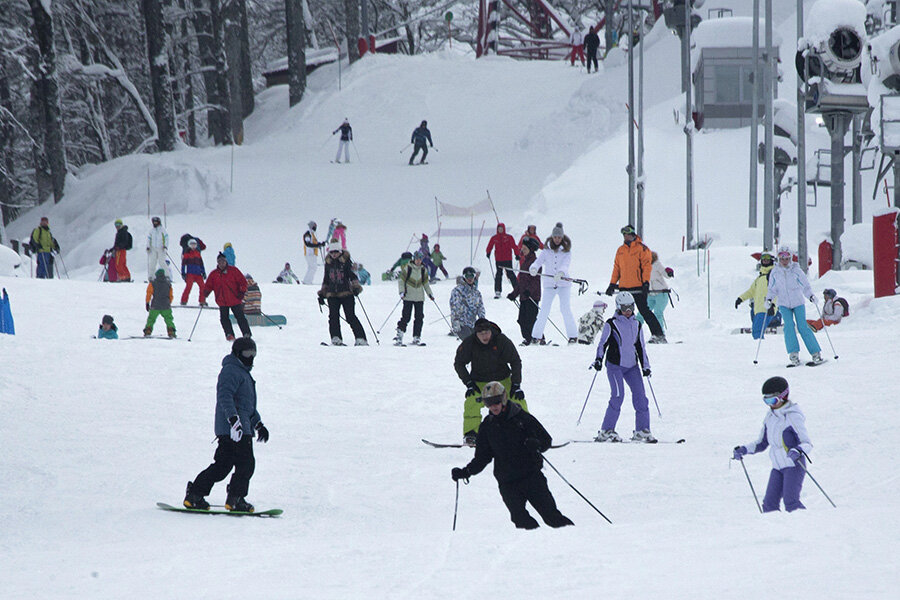What a ski vacation and investing have in common
Loading...
Have you ever dealt with two crying children on a ski slope? I had that experience recently, and it made me realize there are a lot of similarities between a family ski trip and investing. Here’s what I mean.
Advice helps
In both skiing and investing, you have the option of learning on your own or learning from a professional. In skiing, learning from a professional means going to ski school, whereas in investing it means taking a class, reading books and/or hiring a financial advisor.
Trying to learn on your own can have serious consequences. When you’re skiing with young children, this can mean constant meltdowns on the bunny hill. When you’re investing, it can mean making a big mistake that causes you to work longer or have less retirement income than you dreamed. One is more serious than the other, but both are unpleasant.
Expect disaster
I have four children (ages 9, 7, 4 and 3 months). The 9-year-old had skied before, but the 7-year-old and 4-year-old were beginners.
Our first trip up the chairlift after the kids’ lessons was a disaster. We made it off the lift in good shape, but now my three kids and I were at the top of the mountain, with no bunny hill in sight and no instructor to help.
I could tell by the scared looks on their faces that I was in for trouble. My oldest was able to ski down, but my younger two each fell several times. Each fall was worse than the previous one and resulted in more tears — for them and for me!
As painful as these episodes are, they also represent opportunities to teach your children that it’s OK to fall, but you need to get back up.
Investing is similar in that you will have bear markets in which your portfolio’s value will decrease significantly, and you’ll also want to cry. But think of bear markets as opportunities to buy low. This can be accomplished through regularly rebalancing your portfolio or other strategies to take advantage of market extremes.
Morningstar, the mutual fund research company, annually calculates the difference between mutual fund returns (time-weighted) and investor returns (dollar-weighted) over 10 years. The research shows that investor returns trail the actual mutual fund returns because investors get too scared to buy at the bottom and too greedy to sell at the top. Just as with a tough day on the slopes, controlling your emotions is probably the most difficult aspect of investing.
Have a plan
Skiing with a family of six requires careful planning. Just showing up at the mountain hoping everything will be fine is a symptom for disaster. You need to plan in advance to figure out the best time to arrive, where to park, how long the slopes are open, where the hot chocolate is and when lessons start.
When you invest, you first must ask why you’re investing, what are your goals and what your strategy is. For example, if your goal is a comfortable retirement, that will result in a materially different investment strategy than if your goal is a down payment on a house.
Be patient
Our ski trip lasted three days. The first day was a challenge, the second day was better and the third day was a success. The success was that everyone made it up the chairlift, skied down the hill and, most importantly, had fun.
I compare this to investing in that you don’t buy a mutual fund or stock and expect to be wealthy the next day. It takes time, and you must be patient and stick to your plan. Expecting too much, too early, only results in irrational decisions.
It took three days on the ski trip to see improvement. It may take three years to see results for investing based on market conditions.
The final outcome of the lessons, planning and patience was a memorable family ski trip that I’ll remember forever. A well-executed investment strategy will result in reaching your financial goals and dreams.







